The World Cocoa Foundation (WCF) has introduced the first-ever greenhouse gas (GHG) accounting standard for the cocoa sector, providing a unified approach to measuring, reporting, and reducing emissions. Developed in collaboration with environmental consultancy Quantis and supported by industry stakeholders, the GHG Accounting Standard Methodology aims to streamline emissions reporting across the supply chain.
The new standard is designed to help cocoa companies meet Scope 3 reporting obligations, covering key areas such as land use change, land management, carbon removals, and rebaselining. It aligns with the Science Based Targets Initiative (SBTi) and the GHG Protocol (GHGP) Land Sector and Removals Guidance draft, ensuring compliance with current and forthcoming regulations.
The cocoa industry has long struggled with inconsistent emissions data due to several factors. Land use changes, particularly deforestation, make emissions tracking complex, especially in fragmented smallholder supply chains. Many emissions sources remain poorly understood, particularly in indirect supply chains where data is often lacking. Additionally, while frameworks like GHGP and SBTi exist, varying methodologies have led to inconsistent and incomparable reporting across the sector.
Michael Matarasso, Impact Director and Head of North America at WCF, said the standard addresses these inconsistencies by creating a sector-wide best practice. “By aligning the cocoa sector around a unified method, we are ensuring companies report the most accurate data, enabling better participation in climate-related programmes and financial benefits for farmers involved in carbon projects,” he said.
The GHG Accounting Standard Methodology provides a step-by-step guide for cocoa companies to track and reduce emissions, with minimum requirements aligned with the GHGP. It includes clear definitions for traceability and carbon sampling, guidance on land use change emissions, land management emissions, and carbon removals, best practices for GHGP-aligned reporting, a standardised approach for Scope 3 emissions, and support for corporate rebaselining to improve emissions data accuracy.
Tilmann Silber, Head of Net Zero at Barry Callebaut, said transparent reporting is crucial for sustainability efforts. “This new standard, combined with GHGP guidance, will drive consistent and accurate emissions reporting across the cocoa sector, helping companies meet their climate targets and fostering greater collaboration,” he said.
The standard builds on WCF’s existing monitoring frameworks, including its Deforestation Risk Assessment Methodology, which evaluates deforestation risk in cocoa plots for the European Union market, and the Cocoa Household Income Study, which standardises income measurement in cocoa farming communities.





















